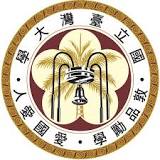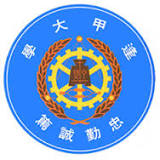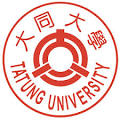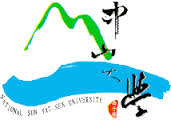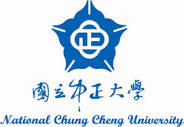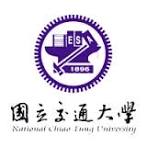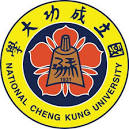Past Event & Analysis
A. Test Motivations
The EM proficiency test was held in the last phase of the SAVE program. It acts as a means for students to exam their learning results and for teachers to assess their teaching effectiveness. The test was a brain storming result through the team discussion, which was not included in the original program proposal. By the time when most of the scheduled works were accomplished, the team members asked themselves what can be done to validate students’ efforts in improving their EM proficiency and at the same time demonstrate the very difference that SAVE program has made for EM education.
The answer is to conduct a large scale proficiency test using the enormous online problem database implemented in SAVE, which has more than two thousands problems from different course modules. The test suits well to the strengths of the SAVE program. The NCHC team has the experience and infrastructure needed to handle hundreds or even thousands of login and user inquiries to the SAVE site simultaneously.
B. Test Operation
The proficiency test was held in January 13th, 2014, a date right after the final week so as to encourage more students to attend. In order to make the test as fair as possible and to permit maximum student participation, nine computer classrooms on different sites in Taiwan were arranged to conduct the test online simultaneously.
Though the NCHC team is capable of providing solid technical support, the time constraint is still tight for such a large scale test. A web page was immediately put on the SAVE site to promote the test. It comes with detailed descriptions of the test scopes as well as complete test rules. Participants are required to register with account setup and selection of the test site. Posters are also sent to universities with electrical or electronic engineering programs. In less than one week, three out of seven test sites had reached maximum capacities. Two more test sites were arranged to accommodate excess participants.
Precautions were made to ensure the Internet connection qualities and securities from the test site to the SAVE host. IP addresses of test site computers are registered to the SAVE host to secure exclusive uses during the test time. Supervisors and assistants of test sites are summoned to participate in test practice events.
The problem set composition of the test is also worth mentioning. SAVE team members in eight course modules are asked to provide 12 single option questions with difficulties labeled. The question selection program written by NCHC team randomly picks three questions from each course module to compose a problem set of 24 questions. The question order is also random. As a result, no test participants receive the same problem set. The full score of the test is 32. The eight medium difficulty problems accounts for two credits each. One credit is assigned to the other 16 easy problems.
C. Results and Analysis
The online test was successfully executed at all sites. Among the 351 registered students, a total of 258 students did attend the test. The show-up rate is around 74%. The highest score is 28. The medium score is 14. Figure 10 shows the distribution of the test results rescaled to percentile rank (PR) values, which is close to a normal distribution.
One general concern about the higher education in Taiwan is the gap between prestigious and second tier schools. The test results in general comply with our expectations. Figure 11 exhibits score distributions of five universities with most participants. The curves can be distinguished without difficulties. The red line is from the most prestigious school in Taiwan. Its average PR is 90 as expected. Surprisingly, it is found that the black curve, though has a smaller average, show a similar number of top performing students as the red curve school. The black curve belongs to the most prestigious technology university in Taiwan. The so-called “tech” universities admit mainly graduates from vocational high schools, which have curriculums focusing more on applications. This result suggests academic excellence can also be achieved with this student group even with abstractive subjects.
An award ceremony was held in an SAVE seminar event to acknowledge achievements of top performing students. Certificates of honor with a grade label were sent to student as a reference for job and graduate school applications. The grades are outstanding, excellent, and good, which correspond to 90, 70, and 50 PR values. Participation certificates were sent to students who finished the test.

